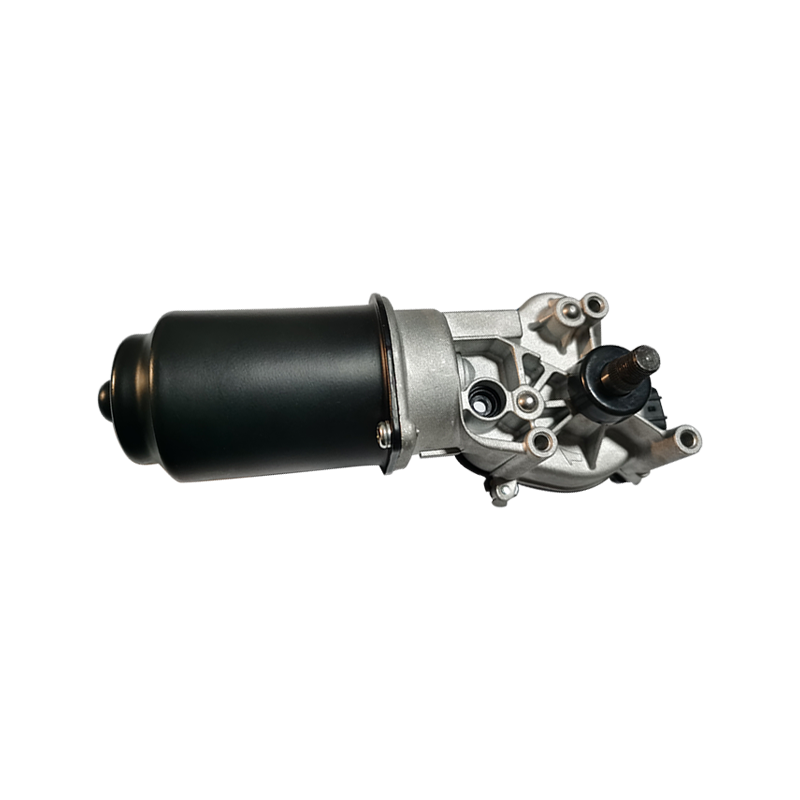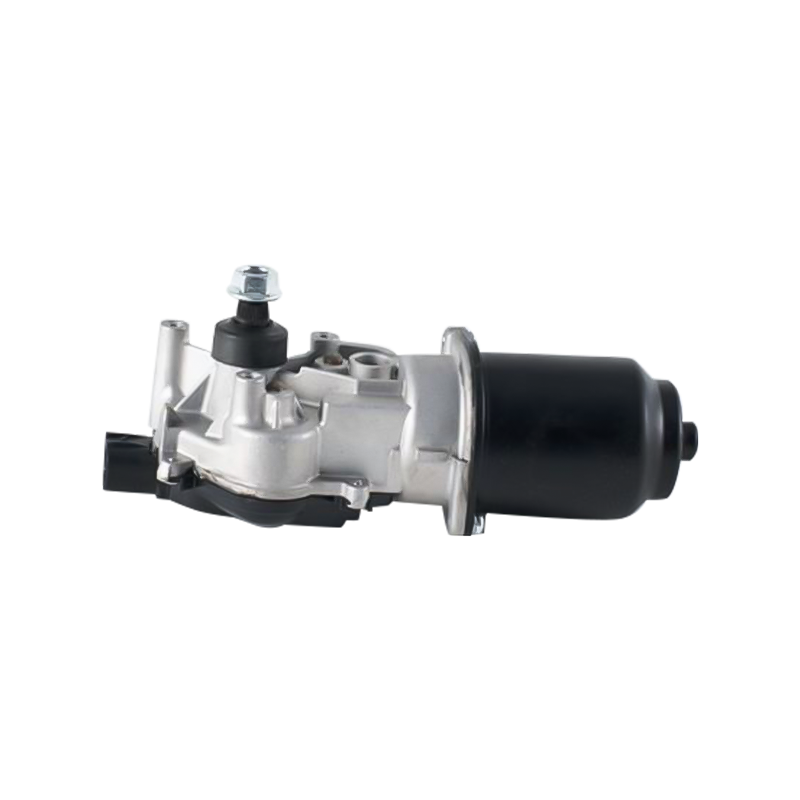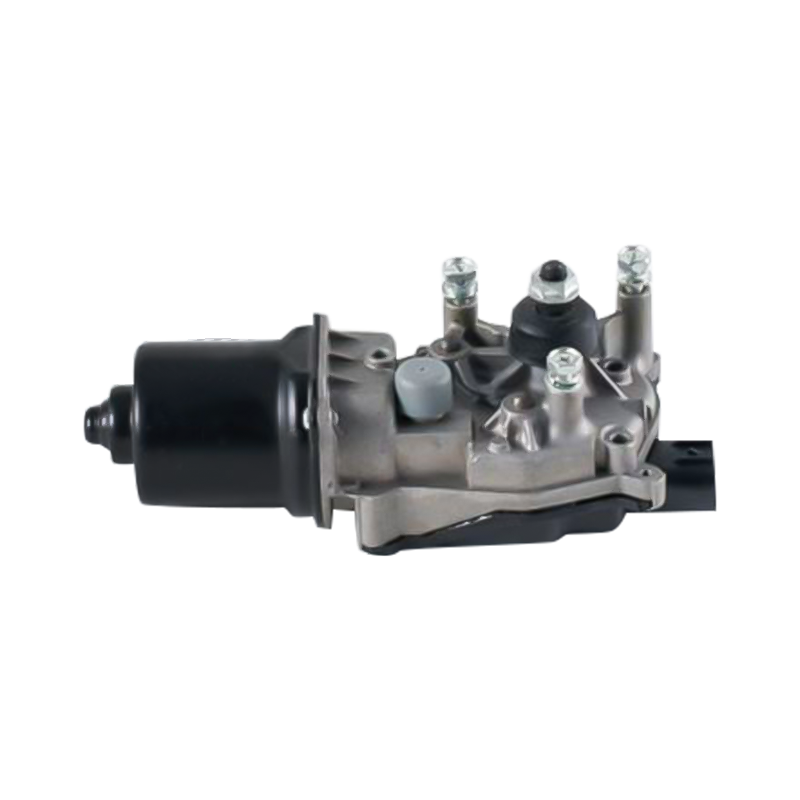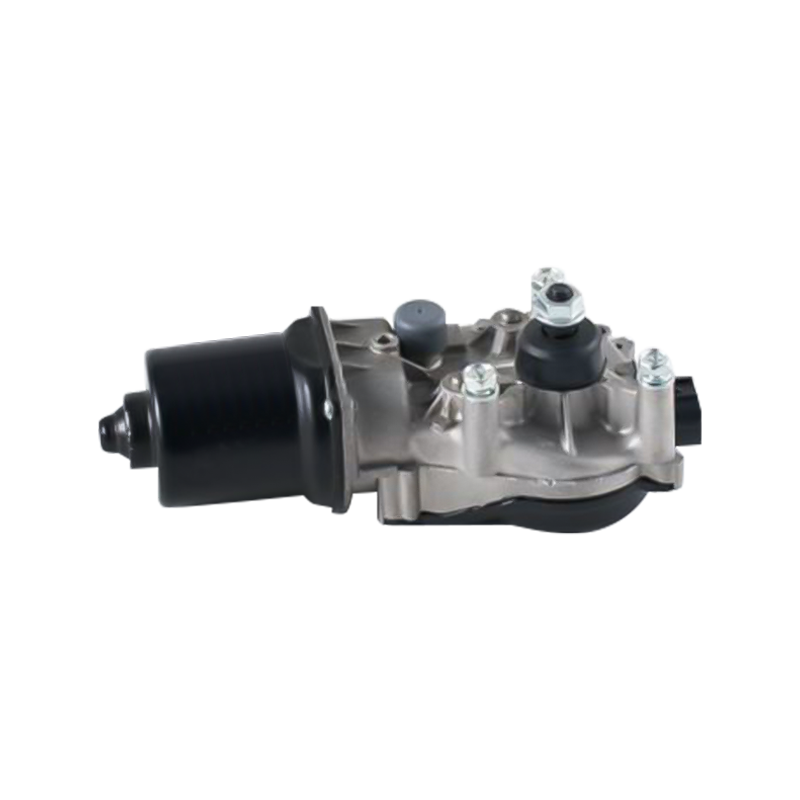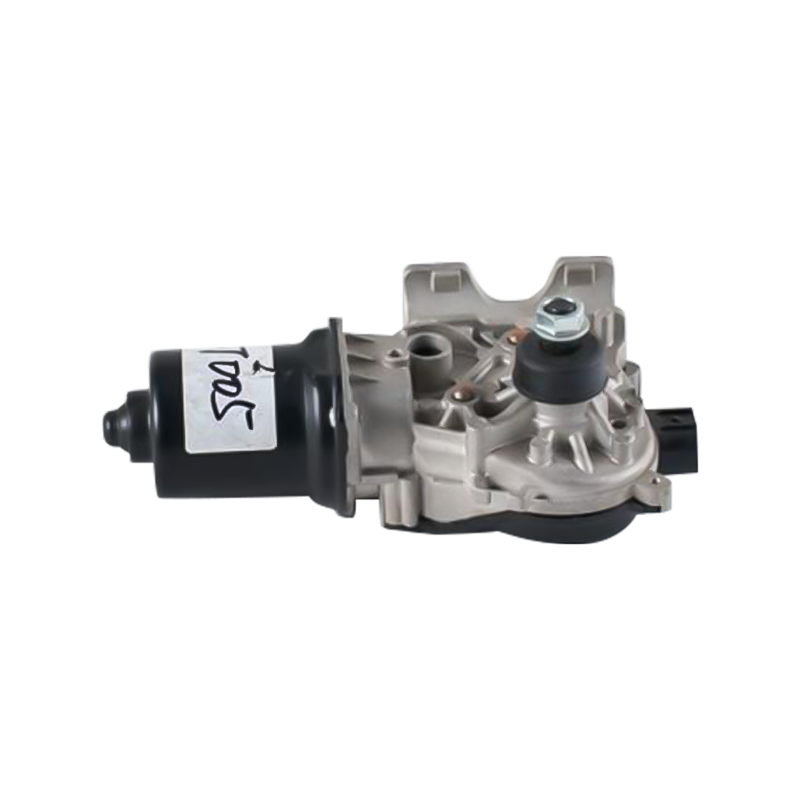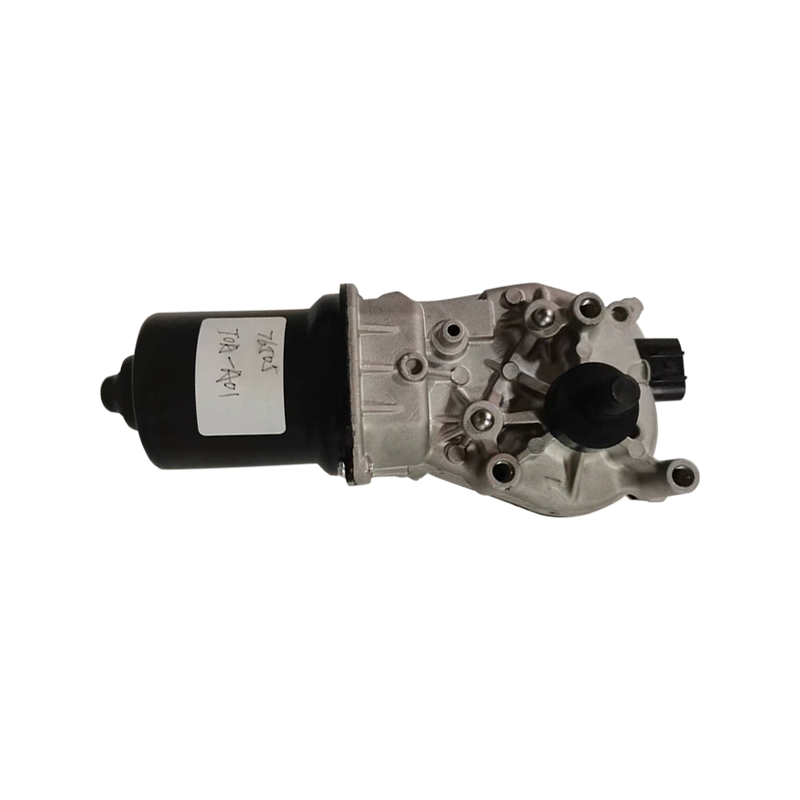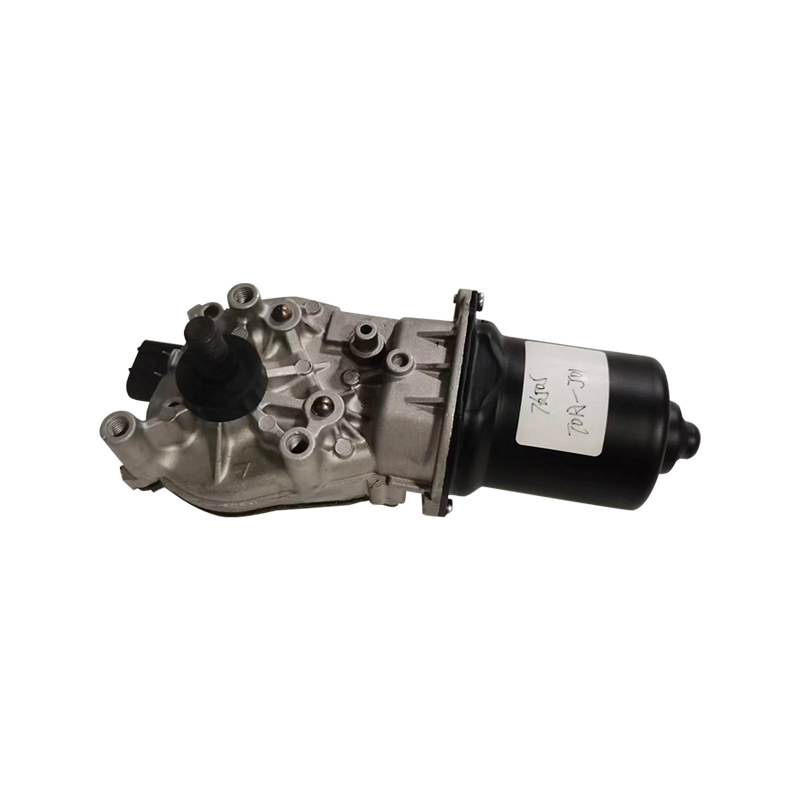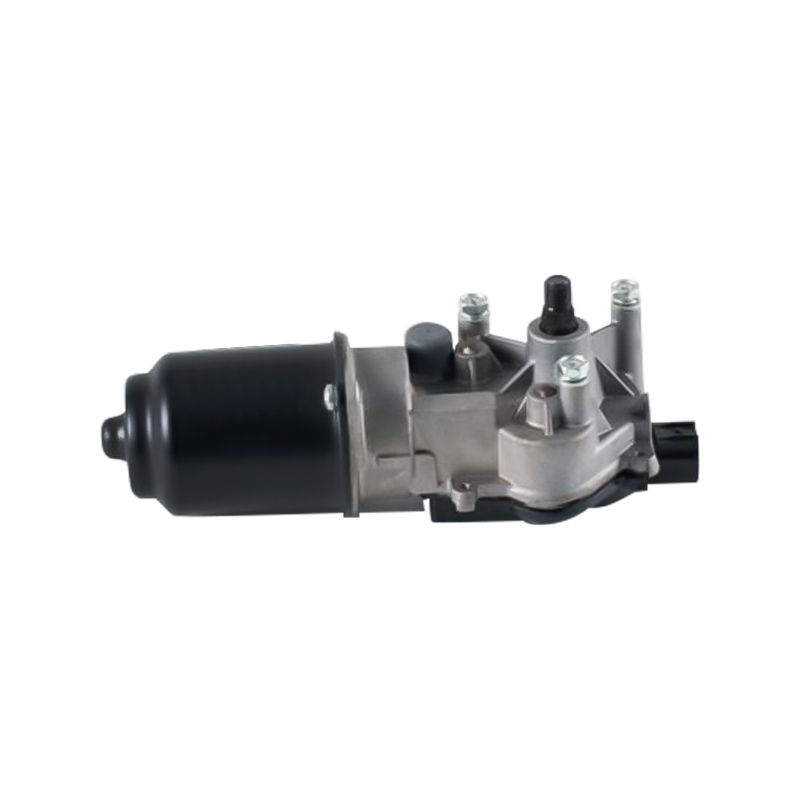When it comes to selecting the right motor for an application, understanding the differences between a brushed DC electric motor and a BLDC brushless motor is essential. These two motor types dominate many industries, offering unique advantages and drawbacks depending on the use case. Whether you need power, efficiency, or cost-effectiveness, knowing which motor type best suits your needs will help ensure good performance.
The brushed DC motor is a traditional and widely used motor type. It operates using mechanical brushes and a commutator to convert electrical energy into rotational motion. Its simplicity, affordability, and robust performance have made it a reliable option for decades.
On the other hand, the BLDC brushless motor represents a more modern solution. Unlike its brushed counterpart, the BLDC brushless motor eliminates brushes and relies on electronic commutation. By using permanent magnets and advanced control systems, it offers higher efficiency and lower maintenance needs.
One of the biggest advantages of the brushed DC electric motor is its simplicity. Its mechanical structure is straightforward, which makes it easier to manufacture and maintain. For applications with budget constraints, the brushed DC motor is often the preferred choice. Industries such as automotive, power tools, and small appliances continue to rely heavily on brushed DC motors because of their cost-effectiveness.
On the contrary, the BLDC brushless motor tends to have a higher initial cost. Its reliance on advanced electronics for commutation increases production expenses. However, over time, this investment can be offset by the motor's longer lifespan and energy efficiency, making it ideal for applications where long-performance is a priority.
When it comes to efficiency, the BLDC brushless motor outperforms the brushed DC electric motor. The lack of brushes eliminates friction losses, enabling the motor to operate at higher speeds and with greater energy efficiency. This is especially advantageous in applications requiring continuous operation, such as HVAC systems, electric vehicles, and robotics.
In contrast, the brushed DC motor tends to have slightly lower efficiency due to friction caused by the brushes and commutator. This mechanical contact also generates heat, which can result in energy loss. Despite this, the brushed DC motor still excels in applications where high starting torque and simple speed control are required, such as winches, conveyors, and lifting equipment.
Maintenance is another area where the BLDC brushless motor shines. Since it lacks brushes, there is no mechanical wear and tear, resulting in a longer lifespan and reduced maintenance needs. This makes it a popular choice for applications in hard-to-access locations or environments requiring minimal downtime.
However, the brushed DC electric motor does require periodic maintenance. Over time, the brushes will wear down and need replacement. This maintenance is straightforward and inexpensive but may pose challenges for applications requiring uninterrupted operation. For short-projects or applications where maintenance downtime is acceptable, the brushed DC motor remains a practical option.
In terms of control, the BLDC brushless motor offers outstanding precision and flexibility. With advanced electronic control systems, users can achieve precise torque, speed, and position control. This is crucial in applications like drones, medical equipment, and high-end automation systems where accuracy is paramount.
Conversely, the brushed DC motor provides simple and effective speed control. By adjusting the input voltage, users can easily regulate motor speed. This makes the brushed DC electric motor ideal for applications that require basic and reliable speed control without the need for advanced electronics.
Both motors perform well in different environments, but the BLDC brushless motor is particularly suited for rugged conditions. With no brushes to wear out, it can operate efficiently in dusty, high-vibration, or high-moisture settings. Industries such as aerospace, automotive, and marine applications benefit significantly from this durability.
The brushed DC electric motor, while durable, can be less resilient in challenging environments due to brush wear and commutator erosion. Nevertheless, it performs exceptionally well in controlled environments, such as industrial machinery, where regular maintenance is manageable.

 English
English Türk
Türk 中文简体
中文简体